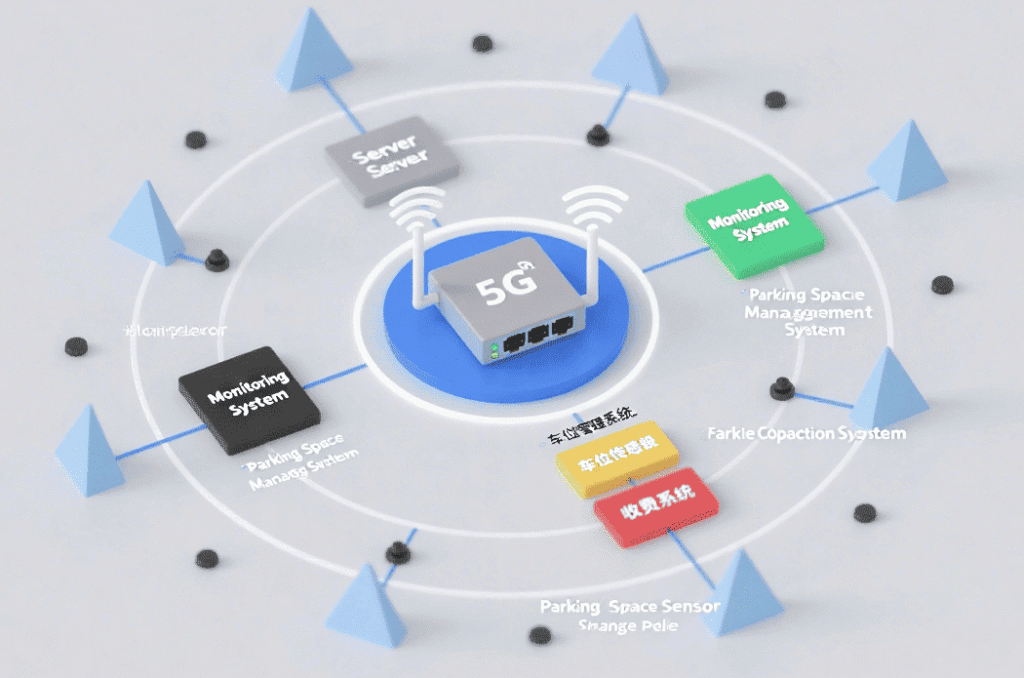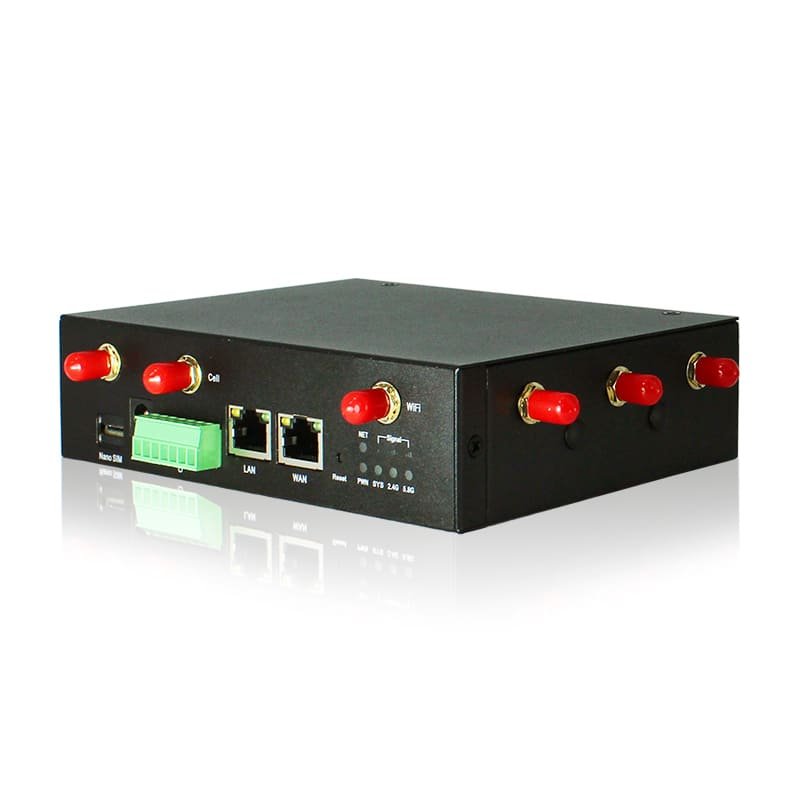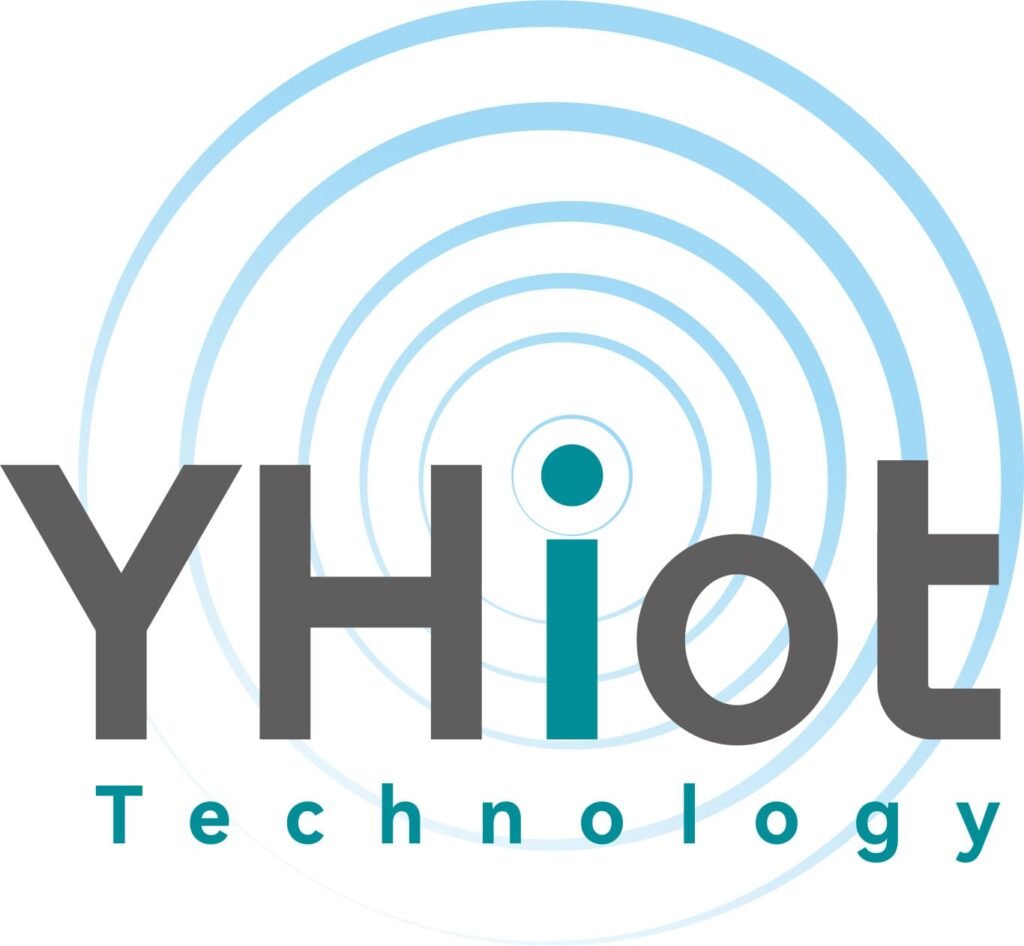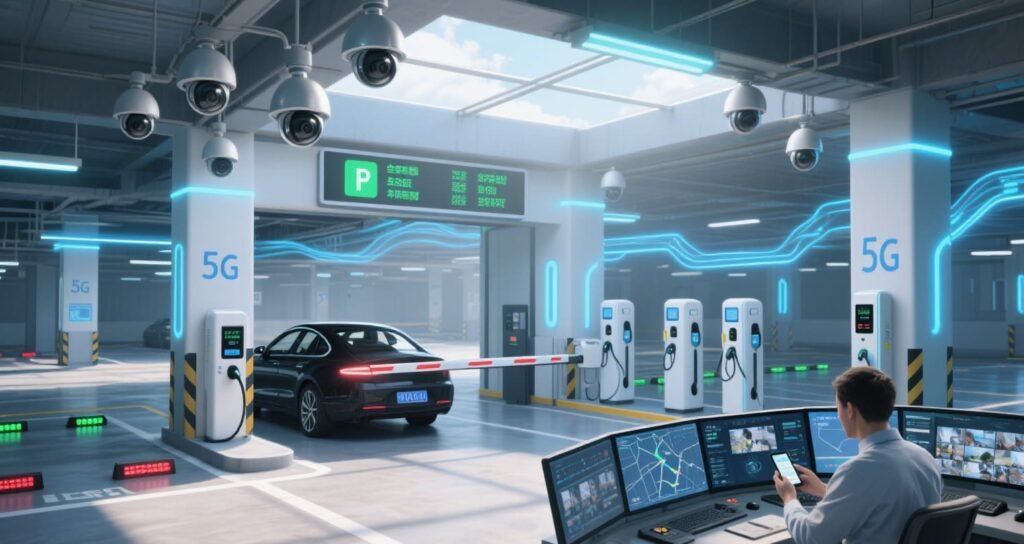5G - Upgrade for Traditional Parking Lots
In the era of smart cities, traditional parking lots without network infrastructure face numerous limitations in terms of efficiency, security, and user experience. The advent of 5G technology, characterized by ultra – high – speed data transfer, low latency, and massive connectivity, offers a viable solution for network upgrade in these parking lots. This plan details how 5G can be effectively utilized to transform traditional parking lots into intelligent and connected facilities.
1. Advantages of 5G in Parking Lot Network Upgrade
1.1 High – Speed Data Transmission
5G’s high – speed data transfer capabilities enable real – time data collection and processing in parking lots. For instance, high – definition surveillance cameras can transmit live video feeds instantaneously, allowing parking lot operators to monitor vehicle movements, detect security threats, and manage traffic flow more efficiently. This is far superior to traditional networks, which often struggle to handle large – volume video data without significant delays.
1.2 Low Latency
The ultra – low latency of 5G (as low as 1 millisecond) is crucial for applications that require immediate responses. In a parking lot, this means that access control systems, such as automatic license plate recognition (ALPR) gates, can operate smoothly. When a vehicle approaches the entrance or exit, the ALPR system can quickly identify the license plate, verify the vehicle’s access rights, and open the gate without any noticeable delay, enhancing the overall entry and exit experience for users.
1.3 Massive Connectivity
5G supports a large number of connected devices simultaneously. In a parking lot, this enables the integration of various smart devices, including sensors for monitoring parking space occupancy, electric vehicle (EV) charging stations, and in – vehicle communication systems. With 5G, all these devices can communicate with each other and with the central management system in real – time, creating a more intelligent and interconnected parking environment.
2. Step – by – Step 5G Network Upgrade Process
2.1 Feasibility Assessment
First, a comprehensive feasibility assessment of the parking lot is necessary. This involves evaluating the physical layout of the parking lot, such as its size, shape, and surrounding infrastructure. Additionally, analyzing the expected traffic volume, peak usage times, and the types of services to be provided (e.g., EV charging, smart parking guidance) helps determine the required 5G network capacity and coverage. For example, in a large urban parking lot with high vehicle turnover, a more robust 5G network infrastructure is needed to handle the data traffic generated by multiple devices.
2.2 5G Base Station Deployment
Based on the assessment results, 5G base stations should be strategically deployed. In open – air parking lots, rooftop or pole – mounted base stations can be installed to ensure wide coverage. For indoor parking garages, small – cell base stations can be placed at regular intervals to penetrate the building structure and provide reliable connectivity. Collaborating with telecommunications service providers is essential at this stage to ensure proper installation, configuration, and maintenance of the base stations.
2.3 Integration of Smart Devices
After the 5G network is in place, various smart devices can be integrated into the parking lot system. Parking space occupancy sensors can be installed on each parking spot to detect whether a space is occupied or vacant. These sensors send real – time data to the central management system via the 5G network, which can then display the available parking spaces on digital signage or mobile applications, guiding drivers to the nearest open spots. EV charging stations can also be connected to the 5G network, allowing users to remotely monitor the charging status, reserve charging ports, and make payments.
2.4 Development of Management and User – Facing Platforms
A central management platform is required to oversee the entire parking lot operation. This platform can collect and analyze data from all connected devices, providing insights into parking lot usage patterns, revenue, and potential issues. On the user side, a mobile application can be developed, leveraging the 5G network to offer features such as real – time parking space availability, navigation to the parking lot, automatic payment processing, and vehicle security alerts.

3. Associated Technologies and Their Roles
3.1 Internet of Things (IoT)
The IoT plays a vital role in the 5G – enabled parking lot. All the smart devices, from sensors to EV chargers, are IoT endpoints that communicate with each other and the management system through the 5G network. IoT enables seamless data collection, sharing, and automation, making the parking lot more intelligent and efficient.
3.2 Artificial Intelligence (AI) and Machine Learning (ML)
AI and ML algorithms can be applied to the data collected from the parking lot. For example, AI can analyze video feeds from surveillance cameras to detect abnormal behaviors, such as vehicle theft or vandalism, and trigger alerts. ML can predict parking demand based on historical data, allowing operators to optimize parking space allocation and pricing strategies.
4. Challenges and Solutions
4.1 Cost
The deployment of 5G infrastructure and the acquisition of smart devices can be costly. To address this, parking lot owners can seek partnerships with telecommunications companies, who may offer favorable installation and service packages. Additionally, government subsidies for smart city initiatives can help offset the initial investment.
4.2 Technical Complexity
Managing a 5G – enabled parking lot requires technical expertise. Parking lot operators can collaborate with technology service providers who can offer installation, maintenance, and technical support services. Training programs can also be organized for in – house staff to enhance their understanding and operation of the new 5G – based systems.
In conclusion, upgrading traditional parking lots with 5G technology can bring significant improvements in efficiency, security, and user experience. By following the proposed steps, addressing challenges, and leveraging associated technologies, parking lots can be transformed into an integral part of the smart city ecosystem, providing enhanced services to both operators and users.


